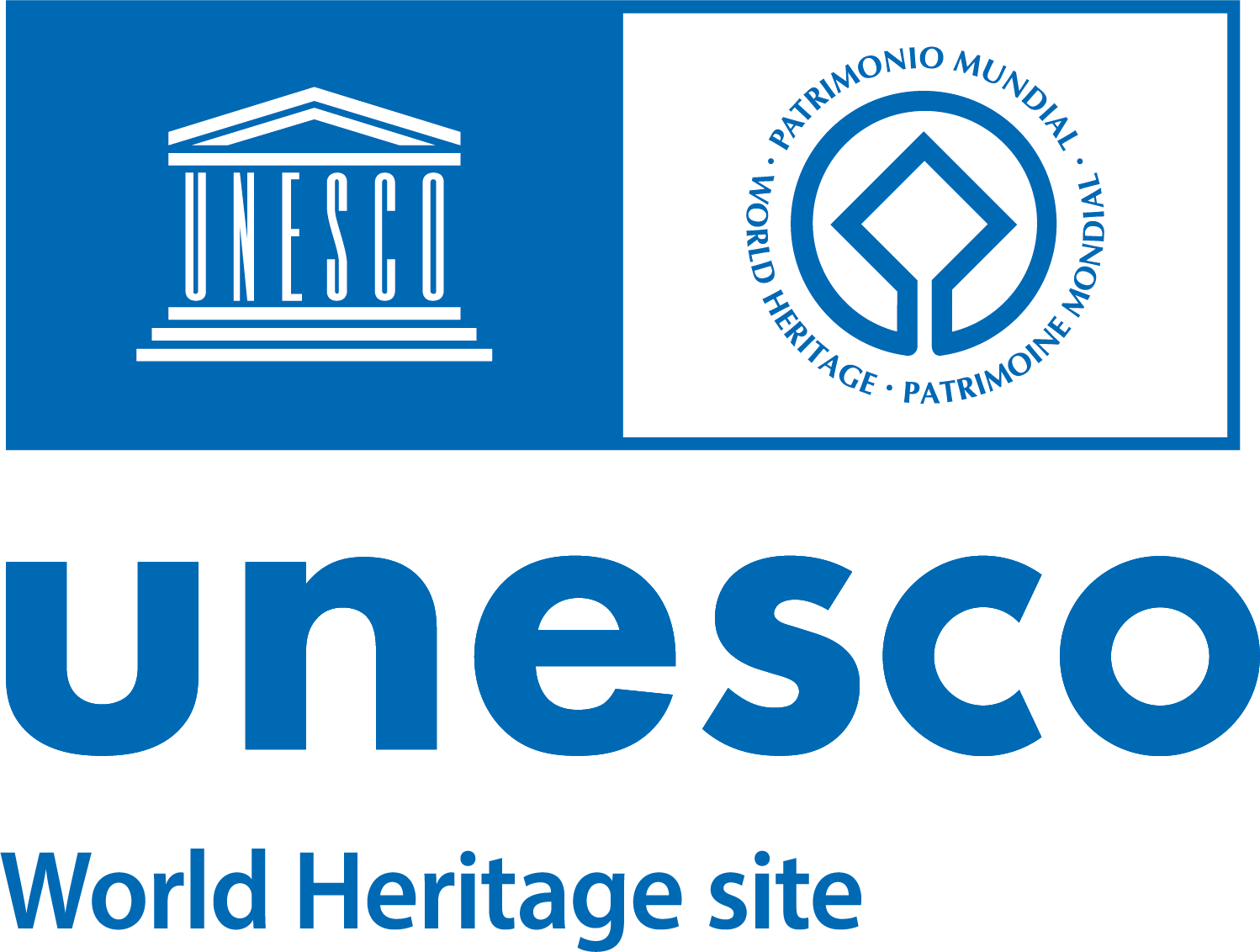When, in January 1974, Porta Pinciana was carefully wrapped up with an immense quantity of propylene fabric and Dacron ropes as part of an Urban Art project, it was a real shock for the Romans! Christo Vladimirov Yavachev and his partner Jeanne Claude hid 259 metres of city walls from the sight of passers-by: in all, it took four days’ hard work and a crew of forty.
In what was a difficult period for Rome, which was awaiting the Estati romane (Roman Summers) to provide a response to the darkness of the Years of Lead, art, in the violent atmosphere pervading Italy at the time, tried not to shut itself away in studios but to engage with everyday life and come out from galleries and museums.
In those years of cultural ferment, Achille Bonito Oliva, before revealing himself to be an undisputed genius with the Transavanguardia movement and the Gruppo of San Lorenzo, had the merit of opening art up to a spectacular and innovative approach. The critic organized the Vitalità del negativo (Vitality of the Negative, 1970) show in Rome, with artists such as Jannis Kounellis and Michelangelo Pistoletto, and then got Christo involved in Contemporanea (November 1973 – March 1974): for this, the underground garage of Villa Borghese was turned into a “drive-in picture gallery”, which hosted leading figures in international culture, who came together in the search for an answer to the question: what is art?
Christo’s artistic philosophy is based on hiding the existent from sight by wrapping it – a sudden absence that becomes presence again when it is unwrapped; on the one hand, the destructive action of erasing memory, on the other the reassuring recovery of the object.
From the end of the 1800s, and for over a century, this stretch of the Aurelian Walls housed various artist studios: another age, other avant-garde movements. We can imagine that Christo, aware of the history of the monument, did not want to limit himself to an Urban Art intervention, but intended to give a send a signal of rupture with respect to an isolated art stuck in its ways and with a very consolidated figurative tradition, albeit with high-quality craft values.



